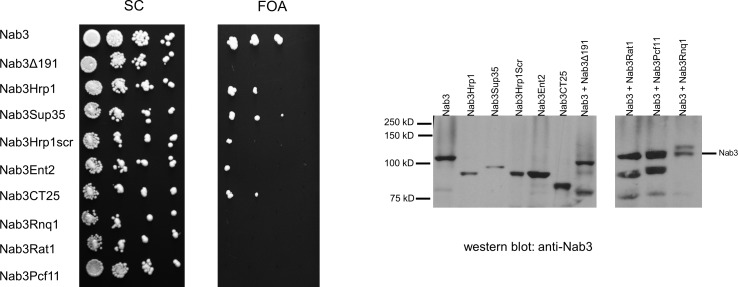Fig 2. Growth and protein expression in yeast strains with Nab3-chimeras.
Yeast cultures were diluted to 0.05 OD600 and serially ten-fold therefrom. Ten μl were spotted onto a single plate of the indicated solid media, and incubated at 30°C. From the top down, the strains expressed wildtype Nab3 and a second Nab3 protein, either wildtype Nab3 (DY351), the Nab3Δ191 ‘stem’ (DY3183), the Nab3Hrp1 chimera (DY3193), the Nab3Sup35 chimera (DY4002), the Nab3Hrp1scrambled chimera (DY3213), the Nab3Ent2 chimera (DY3244), the Nab3CT25 chimera (DY4001), the Nab3Rnq1 chimera (DY3186), the Nab3Rat1 chimera (DY3184), or the Nab3Pcf11 chimera (DY3185). The right side of the figure is a western blot of whole cell lysates from logarithmically growing strains containing the indicated Nab3 protein (left to right: DY3033, DY3196, DY3182, DY4006, DY3245, DY4004, DY3183) or wildtype Nab3 protein with an additional Nab3 derivative that could not support growth on its own (DY3184, DY3185, DY3186) lysed in sample buffer and subjected to SDS-PAGE and western blotting with an antibody against Nab3, as described in Methods. Each of the two western blot panels were run on separate gels and processed separately.

